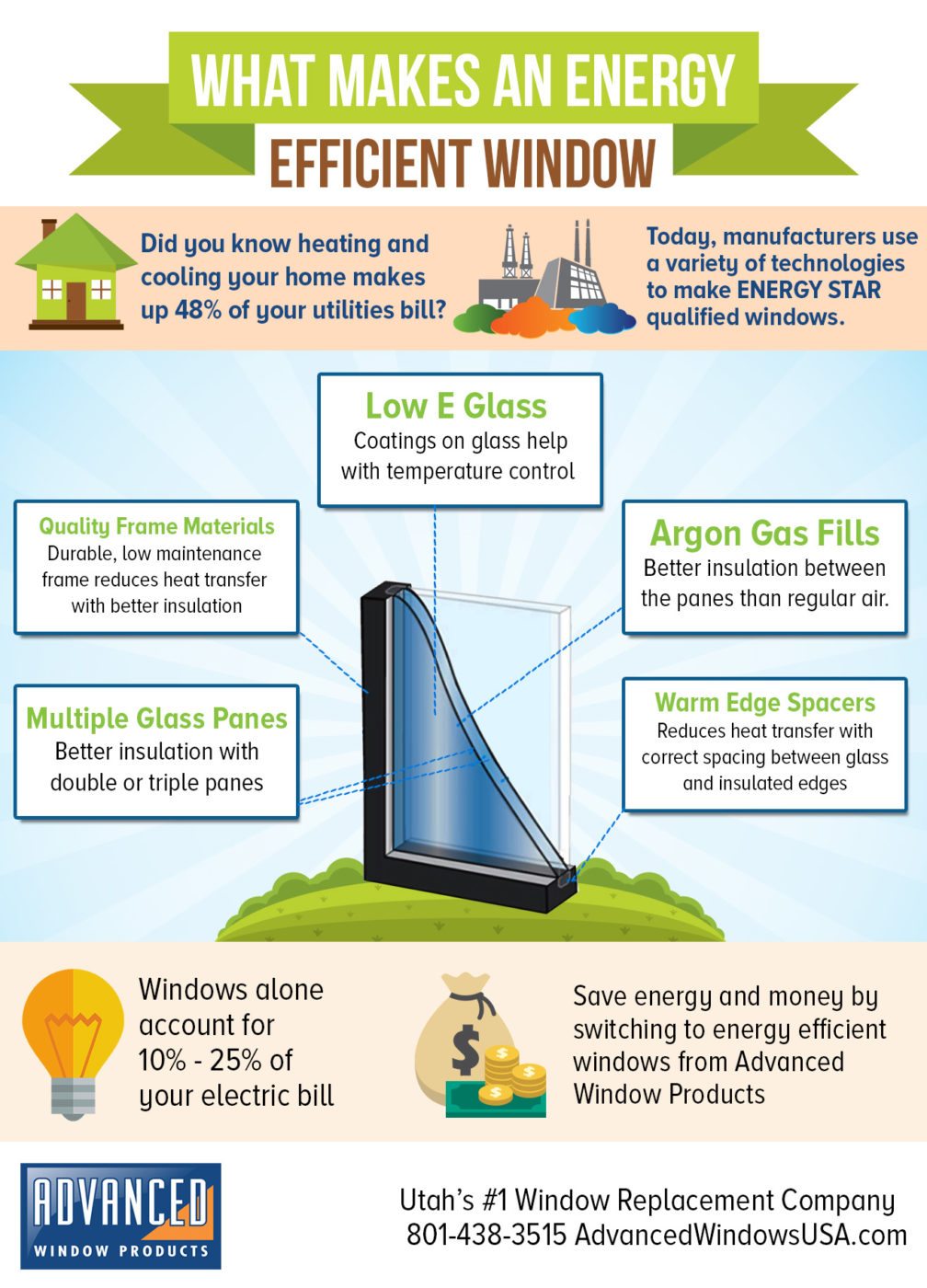Superior Pressure Cleaning Strategies For All Surface Area Types
Superior Pressure Cleaning Strategies For All Surface Area Types
Blog Article
Web Content Author-Lassen Nixon
When it pertains to push cleaning, the technique you select can make all the distinction in achieving a clean, streak-free finish. You might locate that difficult surface areas, like concrete, need a various strategy than softer materials, such as timber or vinyl. It's necessary to adjust your methods to the surface kind to prevent damage while taking full advantage of cleansing efficiency. So, what are the very best methods for each surface area, and exactly how can you guarantee you're utilizing the ideal settings and tools for the task? Allow's explore what you need to know to get the best results.
Tough Surfaces
When it concerns push washing difficult surfaces, preparation is vital. Before you also think about taking out the stress washing machine, make the effort to clear the area of any type of particles, furniture, or obstacles. You don't want anything entering your method or potentially harmful your tools.
Next, examine the surface for any fractures or damages; this will certainly aid you establish the appropriate strategy and pressure setups.
Once you have actually prepared the location, it's important to select the ideal nozzle. For hard surfaces like concrete or block, a slim nozzle (15 or 25 levels) functions best to provide a focused stream of water that can efficiently eliminate gunk and stains. Constantly start at a distance and progressively move closer to prevent any kind of surface damages.
As you begin washing, keep the stick moving to prevent streaks and over-saturation. It's also handy to function from the top down, permitting dirt and particles to wash away naturally.
Finally, remember to rinse the surface area thoroughly after cleaning to get rid of any kind of leftover cleaning agent. With these techniques, you'll achieve a clean and renewed look on all your hard surface areas.
Soft Surfaces
Stress cleaning soft surfaces requires a gentler method to safeguard them from damages. Whether you're cleaning your deck, patio area furniture, or home siding, making use of way too much stress can cause damages, scrapes, and even irreversible damage.
Beginning by selecting a low-pressure nozzle, preferably a 25-degree or wider spray pattern, to distribute the water much more delicately.
Before you start, it's crucial to pre-treat any discolorations with a suitable cleansing service. Read Full Report allows the cleaner to pass through the dust and gunk, making it less complicated to get rid of without rubbing also hard.
Constantly apply the solution from all-time low approximately avoid streaking.
When you start stress washing, keep a range of a minimum of 12 to 18 inches from the surface. Relocate your stick in a sweeping motion, keeping it alongside the surface to avoid concentrated stress on one spot.
Wash the location thoroughly after cleaning to remove any type of recurring cleaner.
Finally, check window cleaner tools for any kind of missed out on spots and duplicate the process if necessary. By complying with these steps, you can effectively tidy soft surfaces while maintaining their honesty and look.
Specialty Surfaces
Cleansing soft surfaces needs treatment, however specialized surface areas require even more attention to detail. When you tackle these surfaces, like delicate timber, tarnished concrete, or particular sorts of house siding, using the best pressure cleaning strategies is critical to prevent damages.
First, evaluate the product. For example, dealt with timber can usually hold up against modest stress, yet softer woods like cedar might need a lower setting. Constantly start with the lowest pressure and progressively raise if required.
For stained concrete, utilize a fan spray nozzle and preserve a regular range to stop engraving the surface area.
When taking care of surfaces like vinyl house siding or painted surface areas, a vast spray pattern assists distribute the stress equally, shielding the finish.
It's also important to use cleaning agents especially created for specialized surface areas. They can boost cleansing without endangering the material.
Wash completely after cleaning to remove any deposit, as it can cause discoloration or deterioration gradually.
Conclusion
Finally, mastering pressure cleaning strategies for various surface areas can make all the difference in your cleansing results. For tough surface areas, adhere to slim nozzles and a top-to-bottom method, while soft surface areas require a gentler touch with wider nozzles. Don't forget to pre-treat discolorations and rinse completely to stay clear of deposit. By adjusting your techniques to each material, you'll not only attain a cleaner coating however also protect the stability of your surfaces. Pleased cleansing!
